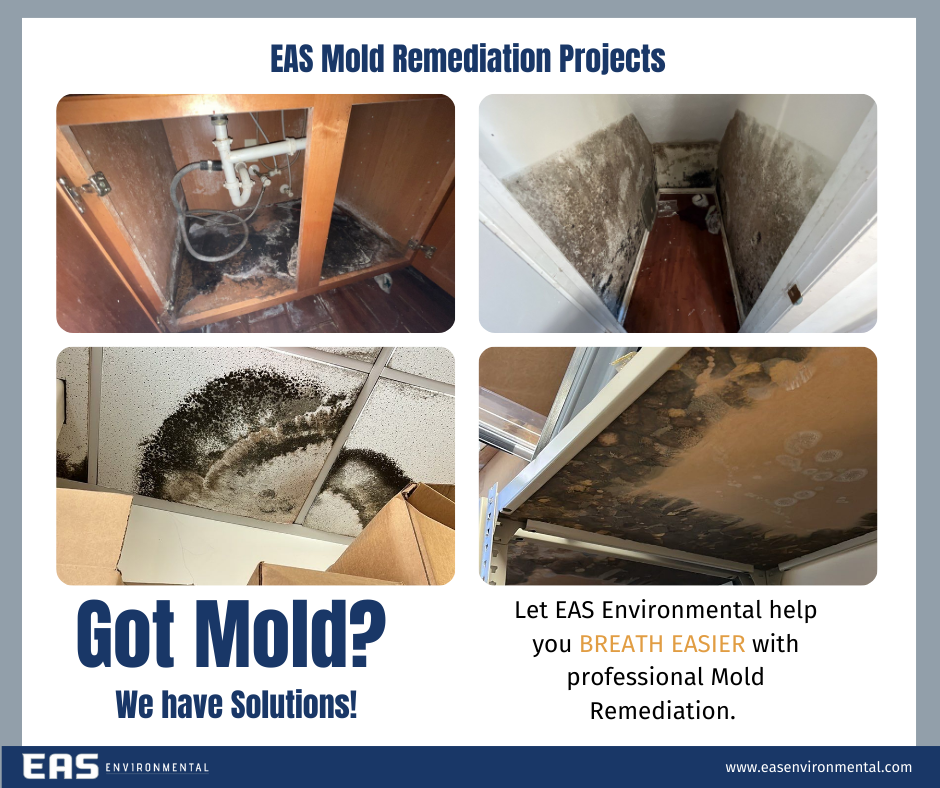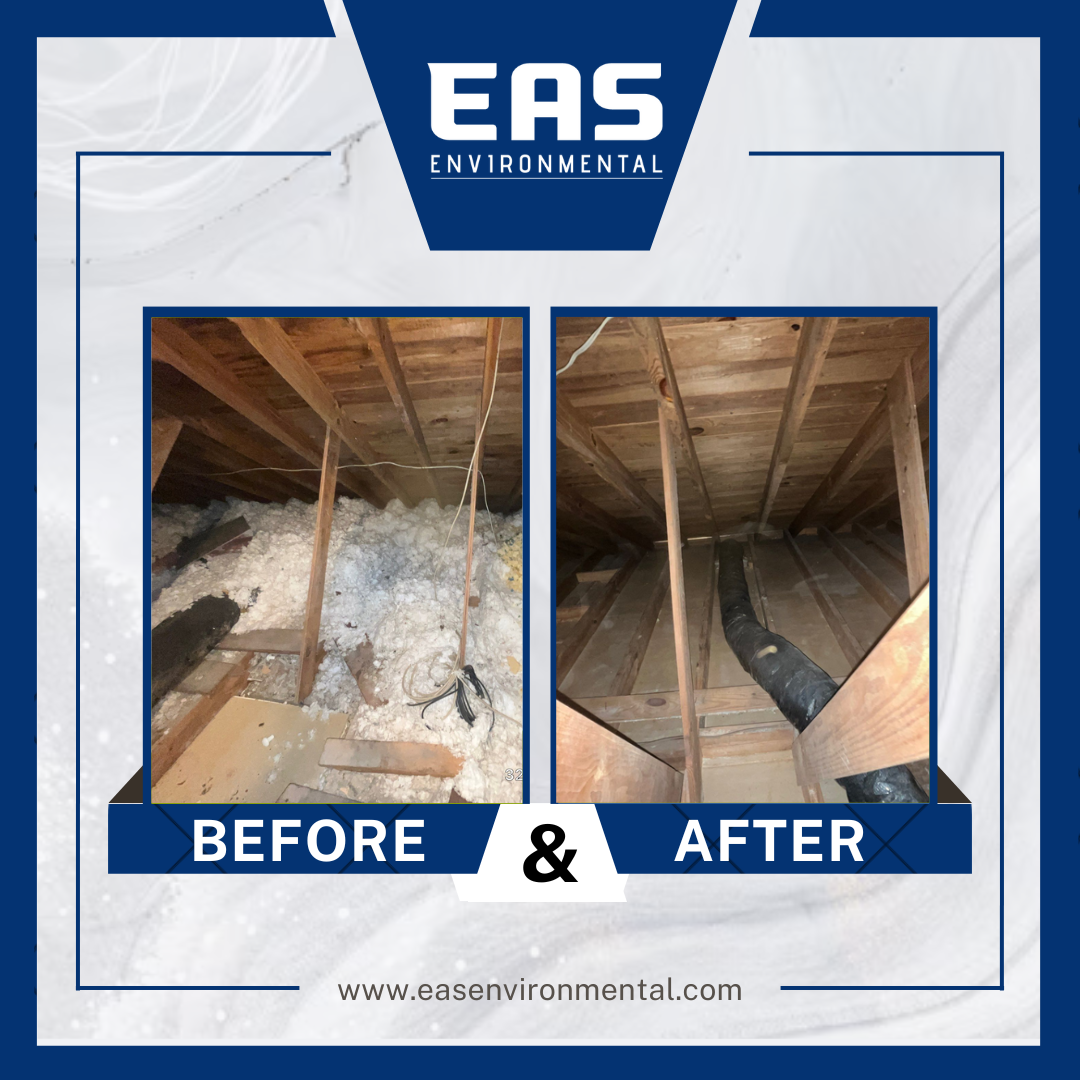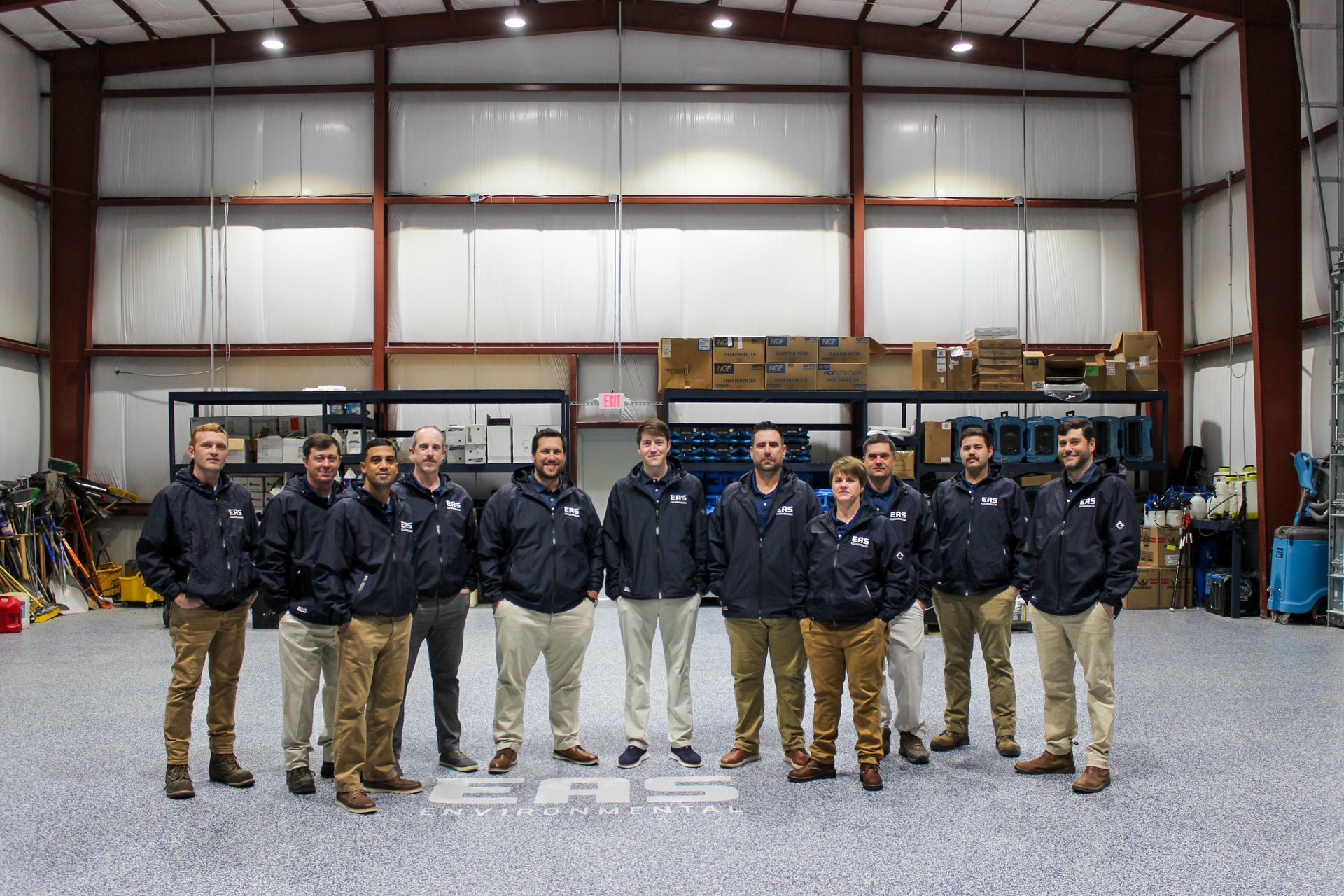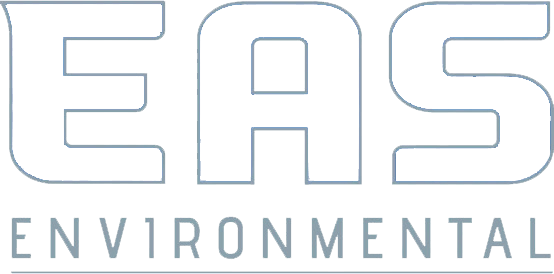
Welcome to our informative blog post that delves into a topic of utmost importance for homeowners: "How to Control Moisture in Crawl Space: Expert Tips and Techniques." Excess moisture in crawl spaces can lead to a cascade of problems, from mold growth and structural damage to compromised indoor air quality. In this comprehensive guide, we'll provide you with expert insights and effective techniques to tackle moisture-related challenges head-on, ensuring a healthier and more resilient living environment.
Identifying the Source
Identifying the source of moisture in your crawl space is the first crucial step in effectively controlling this issue. In this blog post, we'll delve into the significance of accurately pinpointing the source of moisture and how this knowledge serves as a foundation for implementing successful moisture control strategies.
Understanding Common Sources of Moisture
Moisture can enter your crawl space through various pathways, each requiring a unique approach for mitigation. Rainwater infiltration, high humidity levels, plumbing leaks, and inadequate ventilation are among the common sources of moisture. By identifying the specific sources relevant to your crawl space, you're better equipped to address the root cause and tailor your moisture control efforts accordingly.
Conducting a Thorough Inspection
Begin by conducting a thorough inspection of your crawl space, looking for visible signs of moisture, such as damp spots, water stains, or condensation on surfaces. Inspect plumbing systems for leaks, check for proper drainage, and assess the condition of your crawl space's exterior. It's also advisable to monitor humidity levels using hygrometers to gain insight into the extent of the moisture issue. Once you've identified the source or sources of moisture, you can proceed with implementing targeted strategies to effectively manage and prevent further moisture-related problems.
Ventilation Strategies for Crawl Space Moisture Control
Implementing effective ventilation strategies is a key component of controlling moisture in your crawl space. In this blog post, we'll explore the importance of proper ventilation and provide insights into different strategies that can help you maintain a dry and healthy crawl space environment.
The Role of Ventilation
Proper ventilation plays a crucial role in reducing humidity levels and preventing moisture buildup in your crawl space. Without adequate ventilation, stagnant air can lead to condensation on surfaces, promoting mold growth and structural deterioration. By promoting air circulation, ventilation helps maintain a balanced environment that discourages excess moisture accumulation.
Different Ventilation Approaches
There are two main ventilation approaches for crawl spaces: cross-ventilation and encapsulation. Cross-ventilation involves creating openings on opposite sides of the crawl space to allow air to flow through, carrying away moisture. Encapsulation, on the other hand, focuses on sealing the crawl space and using controlled ventilation, often with the help of mechanical systems. Deciding between these approaches depends on factors like your local climate, the extent of moisture issues, and whether you're dealing with high humidity or flooding risks. By understanding the benefits of proper ventilation and choosing the right strategy for your crawl space, you're taking significant steps toward effective moisture control and a healthier living environment.
Effective Drainage Systems
Effective drainage systems are essential components in managing moisture in crawl spaces. In this blog post, we'll delve into the significance of proper drainage systems and how they contribute to preventing water accumulation, mold growth, and structural damage in your crawl space.
Preventing Water Accumulation
Water accumulation in a crawl space can lead to a host of problems, including mold growth, wood rot, and compromised structural integrity. Effective drainage systems, such as French drains or surface drains, are designed to redirect water away from your home's foundation and crawl space. By efficiently channeling rainwater and groundwater, these systems prevent excess moisture from infiltrating the crawl space and creating an environment conducive to moisture-related issues.
Choosing the Right Drainage System
Selecting the appropriate drainage system depends on factors like your crawl space's location, local climate, and soil composition. French drains, which consist of perforated pipes buried in a gravel-filled trench, are effective for diverting groundwater. Surface drains, like channel drains or trench drains, are positioned above ground to collect surface water. It's important to properly maintain these systems by keeping them clear of debris and ensuring that they direct water away from your home. By investing in effective drainage solutions, you're proactively safeguarding your crawl space from water-related problems and maintaining a dry and durable foundation for your home.
FAQs
-
Why is moisture control in a crawl space important?
Proper moisture control in a crawl space is essential to prevent a range of issues, including mold growth, wood rot, structural damage, and poor indoor air quality. Excess moisture can lead to health problems, decreased energy efficiency, and reduced longevity of the building materials. Effective moisture control helps maintain a dry and healthy environment both in the crawl space and throughout the home.
-
What are the common causes of moisture buildup in crawl spaces?
Moisture buildup in crawl spaces can result from various factors, such as:
- High Humidity: Crawl spaces are prone to trapping humid air, especially in areas with warm and humid climates.
- Groundwater Seepage: Water from the ground can seep into the crawl space, leading to moisture infiltration.
- Condensation: Temperature differentials between the crawl space and outside air can cause condensation on surfaces.
- Poor Ventilation: Inadequate airflow can lead to stagnant air and moisture accumulation.
- Lack of Waterproofing: Absence of proper vapor barriers or sealants can contribute to moisture problems.
-
What are some effective techniques for controlling moisture in crawl spaces?
Several techniques are recommended for moisture control in crawl spaces:
- Vapor Barriers: Installing a vapor barrier on the ground and walls helps prevent moisture from rising into the crawl space.
- Crawl Space Encapsulation: Sealing the crawl space with a moisture-resistant barrier and insulating it can create a conditioned and dry space.
- Ventilation: Ensuring proper airflow through vents can help reduce humidity and prevent condensation.
- Sump Pump and Drainage: Installing a sump pump and proper drainage systems can manage water intrusion.
- Moisture-Resistant Paint: Applying moisture-resistant paint to surfaces can add an extra layer of protection against moisture.
-
Should I completely seal off my crawl space to control moisture?
Complete crawl space encapsulation, which involves sealing off the crawl space from the outside environment, is an effective strategy in some cases. However, it's essential to consider factors like climate, local building codes, and existing conditions. Complete sealing requires careful planning to ensure proper ventilation and moisture management, as an overly sealed crawl space could potentially lead to new issues if not done correctly.
-
Can I tackle crawl space moisture control as a DIY project, or should I hire professionals?
While some aspects of crawl space moisture control can be tackled as DIY projects, it's often recommended to consult professionals, especially for more extensive measures like encapsulation and drainage system installation. Professionals have the expertise to assess your specific situation, recommend the most suitable solutions, and ensure that the work is done correctly to prevent future problems. Improper moisture control measures can exacerbate issues, so seeking expert advice is advisable for long-term success.
Contact EAS Environmental Today!
EAS Environmental will do everything we can to ensure your experience with us is excellent.
Request A FREE Estimate
Request a Free Estimate Form
We will get back to you as soon as possible.
Please try again later.
Checkout Recent Post



Got a Question? We’re Here to Help.
You can arrange an appointment or make an enquiry by phone or email, orget in touch to us via our contact form.
EAS Environmental is a specialty asbestos and lead abatement and demolition company that service the state of South Carolina.
CONTACT INFORMATION
Phone: 843-977-3273
Email: sturner@easenvironmental.com
Address: 125 Bud Lane Ladson, SC 29486
All Rights Reserved | EAS Environment
Privacy Policy | Terms & Conditions | Sitemap


